
Tummy Tuck Scarring
Our plastic surgeons will be very careful with the length, location, and suturing of your tummy tuck incision so as to minimize the appearance of scarring. Because the incision for a tummy tuck is made very low along the abdomen, any visible scar that remains can be easily concealed beneath the material of your bikini bottoms. During healing, it is important to protect your incision from the sun, as sun exposure can amplify the prominence of a scar. As the healed tissue matures with time, the coloration will fade and the texture will flatten. If you desire treatment for the appearance of your mature scar, you may inquire about laser resurfacing techniques that can diminish the appearance of scar tissue with worthwhile results.
The majority of our tummy tuck patients are so impressed by the way their tighter, smoother abdominal contours look in a bikini that they rarely focus on the appearance of the easily concealed incision that helped transform their figure.

Potential Risks of Abdominoplasty
All of our plastic surgeons have at least six years of surgical training and experience. Patient safety is our top priority. Still, complications remain possible, despite the fact that thousands of people each year successfully undergo a tummy tuck. Our plastic surgeons will discuss these in detail during the consultation. Complications from abdominoplasty include bleeding, infections, and negative reactions to anesthesia. Further, tissue along the incision may die; this typically happens when the procedure is extensive or the patient smokes or has certain medical conditions such as diabetes. If incisions heal poorly, additional surgery may help. Fluid may accumulate under the skin but can be painlessly removed.

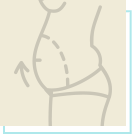


 Before
Before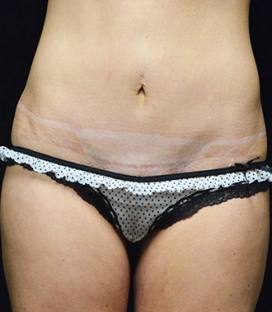 After
After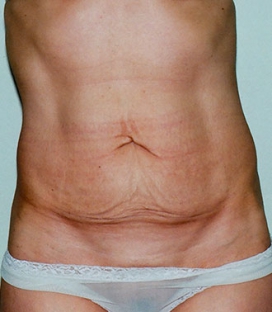 Before
Before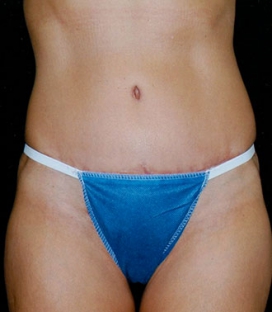 After
After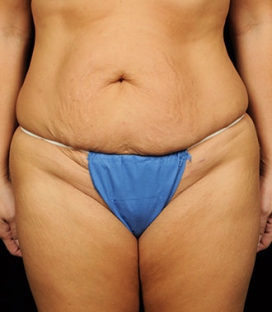 Before
Before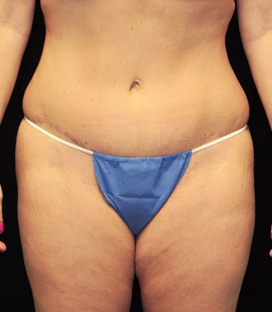 After
After
